🌊 A Prayerful Tradition Rooted in WaterNestled in the historic Hineno area of Izumisano City, Hineno Shrine has long been at the spiritual heart of the former medieval estate “Hinenosho,” as mentioned in 14th-century records. Nearby runs the Yukawa irrigation canal, which has nourished the region’s fields for over 800 years and is now recognized as a “World Irrigation Heritage Site.”
To honor the life-giving water and pray for good health and a bountiful harvest, the Yu Festival is held annually on the third Saturday of July. Traditionally observed on the 16th day of the lunar sixth month, it continues to be a vital ritual blending faith, agriculture, and gratitude.
💧 Prayers to the Water DeityDuring the Yu Festival, a sacred altar is erected along the Yukawa River to offer prayers and purification rites to the water deity. According to local lore, touching the river’s water is said to cure skin ailments—a reflection of the deep reverence the community holds for this sacred waterway, seen not merely as irrigation but as a divine presence.
The festival also includes the Nagoshi no Ōharae (Great Summer Purification), a Shinto ritual where participants pass through a large ring made of kaya grass called a chinowa. This symbolic act purifies one’s body and spirit, washing away the misfortunes and spiritual impurities accumulated over the past six months. The chinowa is a sacred ring traditionally used in seasonal Shinto rites and believed to bring protection and renewal.
🪷 Paper Dolls for Purification (Hitogata)Visitors may participate in a purification ritual using hitogata, special paper dolls available year-round at the shrine office. Participants write their name and age on the doll, breathe onto it, and gently rub the paper on their body to symbolically transfer any physical or spiritual impurities. The dolls are then offered to the shrine (suggested donation: ¥1,000+). On the day of the Yu Festival, shrine priests ceremoniously release the dolls into the Yukawa, allowing the flowing water to carry away the impurities. This practice is rooted in ancient beliefs that water can purify both body and soul, a concept deeply embedded in Japanese spirituality.
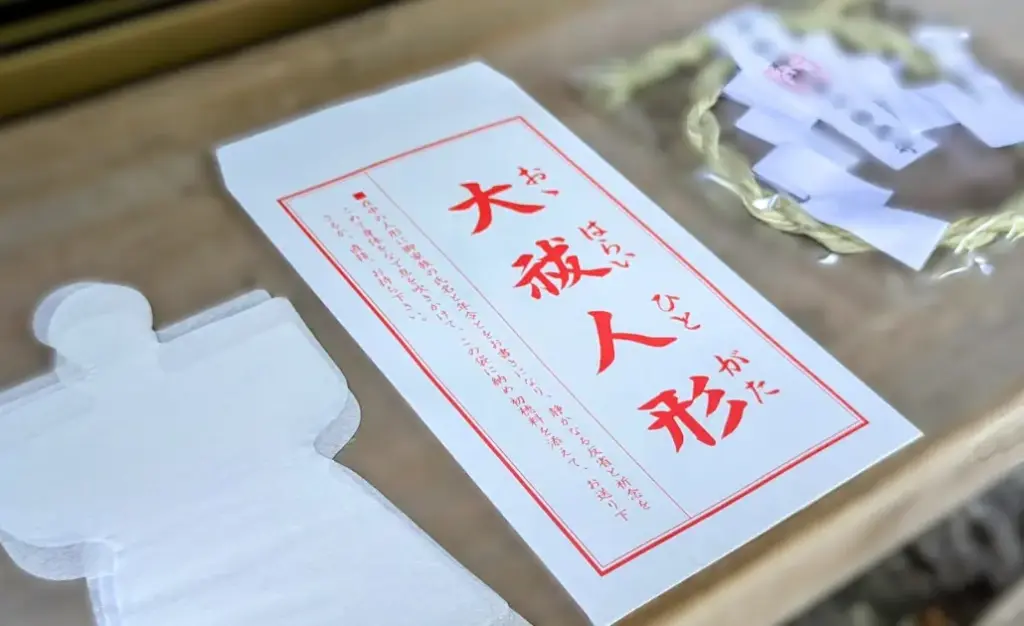
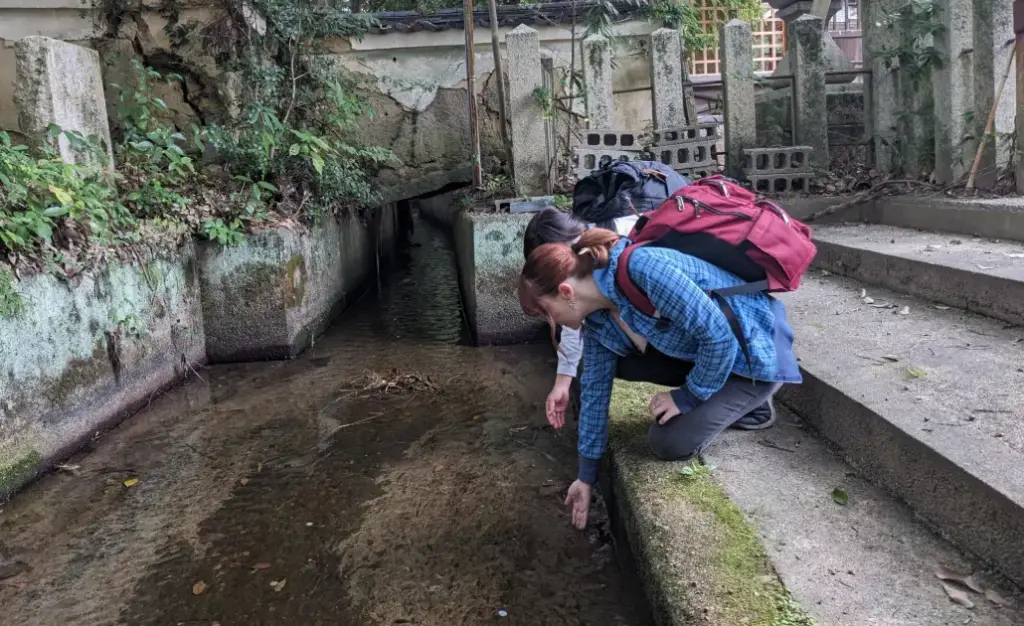
🏞️ Yukawa Canal: A Living Legacy of Medieval EngineeringThe Yukawa Canal is not just a setting for sacred rites—it is a remarkable, functioning irrigation system first developed by the influential Kujō family, one of the most powerful aristocratic families of the time, during the medieval period. Records from 1316 already show part of the canal, which extends 2.9 km with only a 3-meter elevation difference from intake to outlet—a testament to advanced civil engineering of the time.
The canal transformed the once-barren lands of Hineno into fertile farmland and remains in use today along almost the same course, making it Japan’s only historical agricultural canal still in operation. It is officially designated a National Historic Site and a “living cultural heritage” that continues to support Izumisano’s agriculture.
🎵 Gosha Ondo: A Sacred Song and Dance Dedicated to the Deities
As night falls, a wooden tower (yagura) is erected in the grounds of Hine Shrine, where the Gosha Ondo is performed as an offering to the gods.
This traditional festival song incorporates place names linked to the five revered shrines of the former Izumi Province—Ōtori Jinja, Anashi Jinja, Hijiri Jinja, Hine Jinja, and Tsugawa Jinja—and is deeply rooted in the local community. Originally derived from a pilgrimage song called the Yareina-bushi, it was renamed Gosha Ondo and given its distinctive choreography in 1965. Since then, it has been lovingly preserved and passed down by shrine parishioners and the local preservation society.
Unlike Bon Odori, which is danced to honor ancestral spirits, Gosha Ondo is a hōnō-mai—a dedicatory dance performed to express gratitude directly to the Shinto deities during Hine Shrine’s summer ritual.
Dancers from the three local districts—Hineno, Kaminogō, and Nagataki—circle the yagura with graceful, deliberate movements. Through their dance and song, they convey deep respect for their land, history, and gods. This is no spectacle for show; it is a solemn and heartfelt act of devotion, quiet yet powerful—imbued with a spiritual energy that resonates across generations.
🔎 Cultural Significance
The Yu Festival plays a central role in the Japan Heritage-recognized narrative:
“A Town Told Through Travel Records and Two Maps — The Medieval Landscape of Hinenosho.”
Hineno Shrine served as the chinju—the spiritual guardian and principal shrine—of the estate, where the collective prayers of all its residents were offered.
The Yukawa irrigation canal, still in use today, is not only a functional waterway but also a living heritage site. It reflects the interconnectedness of agriculture, faith, and daily life in medieval Japan—a rare example of how the legacy of the past continues to flow through the present.
🌸 A Message to VisitorsTo worship water, to sing to the gods, to purify one’s soul—The Yu Festival is a spiritual experience that reconnects us with nature and community.
While it may not be a flashy or touristy event, the depth of prayer and intergenerational faith found here is profound. Quiet your mind, and you might just sense the spirit of a land that has always lived in harmony with water.
Visitors are welcome to take part in the purification rituals and witness the Gosha Ondo dance under glowing lanterns—a truly immersive way to engage with Japan’s spiritual traditions.
📌Basic Information
🌟Yu Festival at Hine Shrine
🌟ゆ祭り(日根神社)
📅 Event DetailsYu Festival at Hineno Shrine
🌠 Date: 3rd Saturday of July, 19:30–21:30※The exact schedule will be announced on the official website when confirmed.
💰 Participation Fee: Free📍
Venue: Hineno Shrine, Izumisano City
🚉 Access & Transportation:🚌 From JR Hineno Station or Nankai Izumisano Station, take the Inunakisan-bound Nankai Bus, get off at Tojo stop (short walk)🚶♀️ On foot: ~15 minutes from JR Hineno Station
🚗 Parking: None available
⚠️ Please use public transport, bicycles, or walk
🏛 Organizer: Hineno Shrine
📞 Contact: +81-72-467-1162 (Hours: 9:00–16:00, Japanese only)
📄 [Download One of Gosha Ondo Lyrics PDF]
📌 Lyrics are in Japanese.
🔗 Related Links
⛩️ [Learn More About Hineno Shrine]
🛕 [Nearby Spot: Jigan-in Temple]
📚 About Japan Heritage Site “Hinenosho”


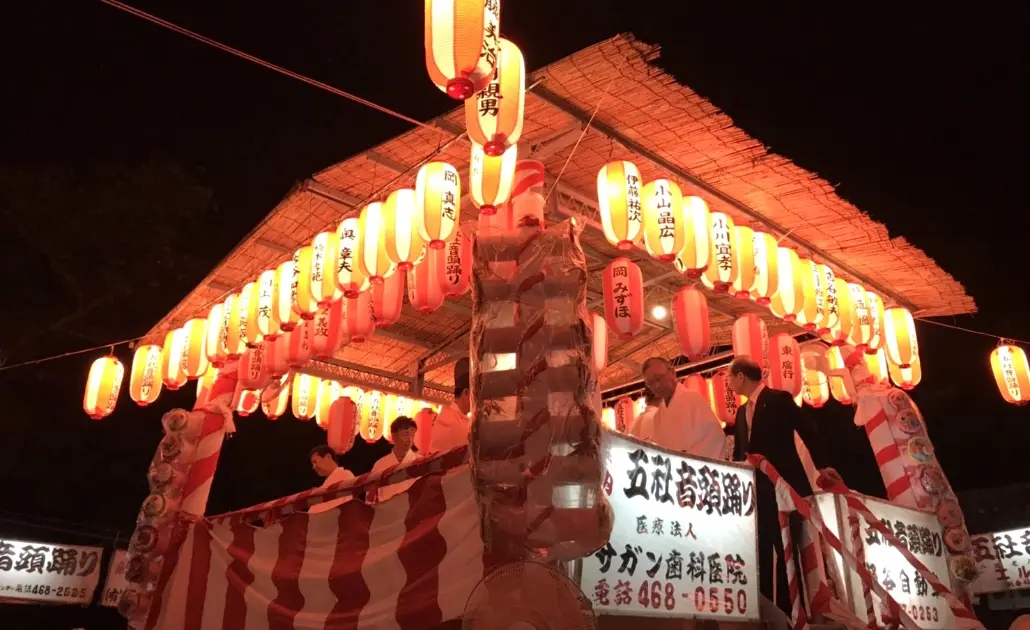
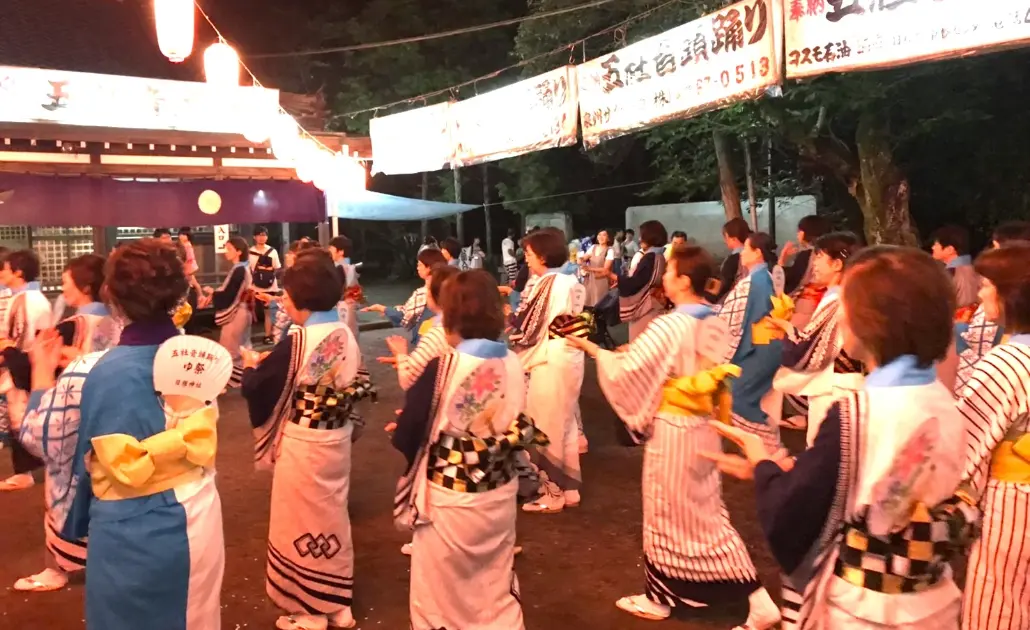
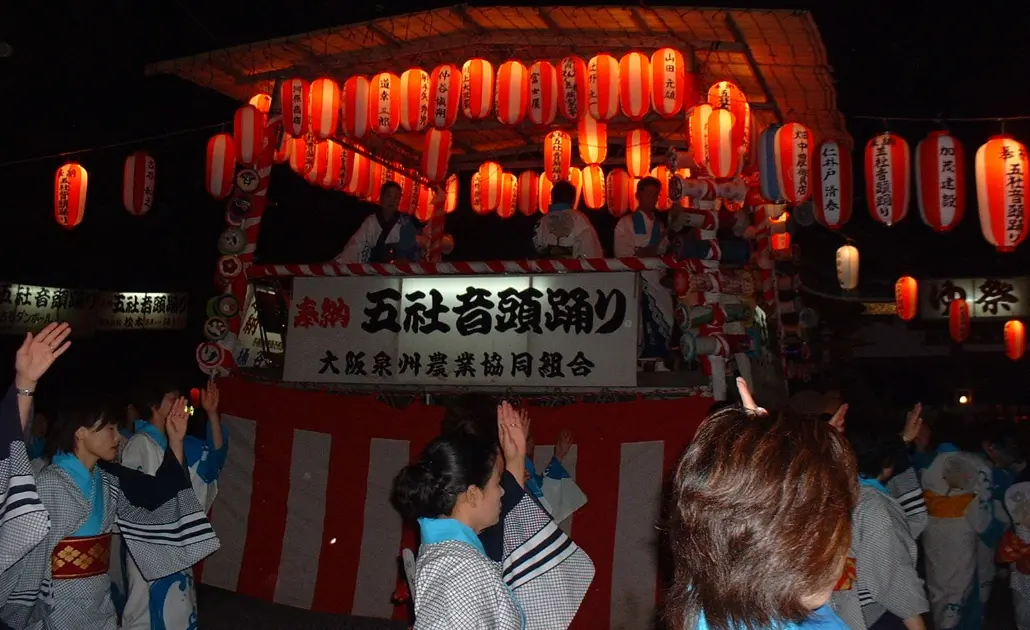
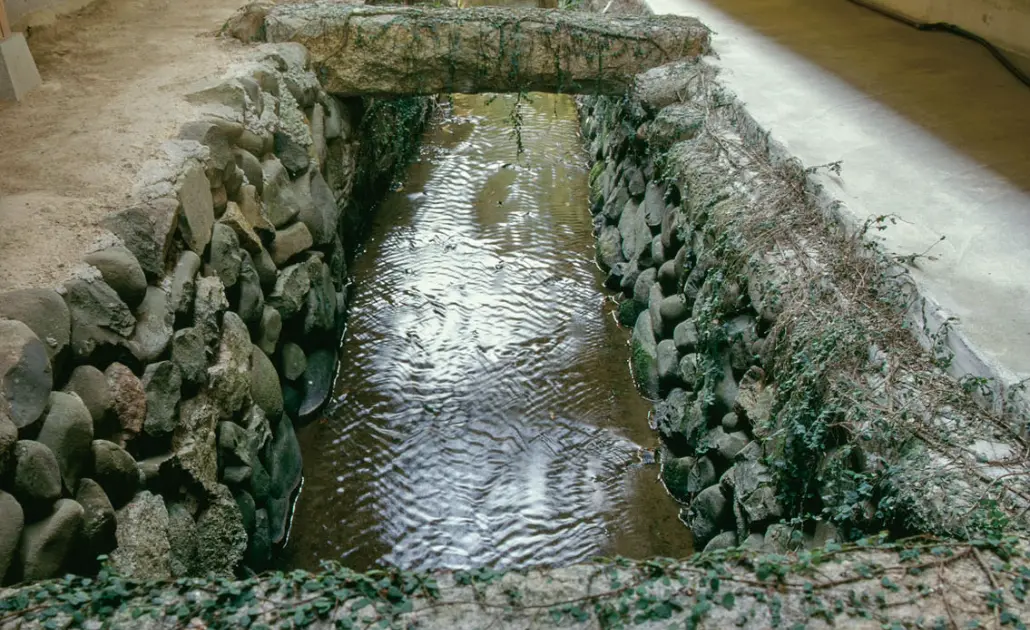
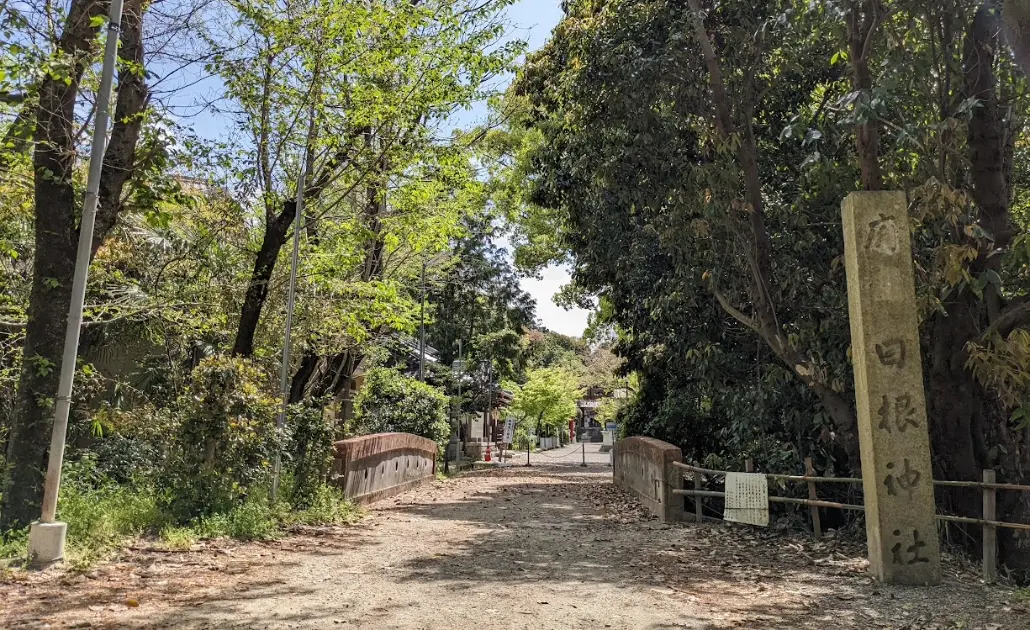
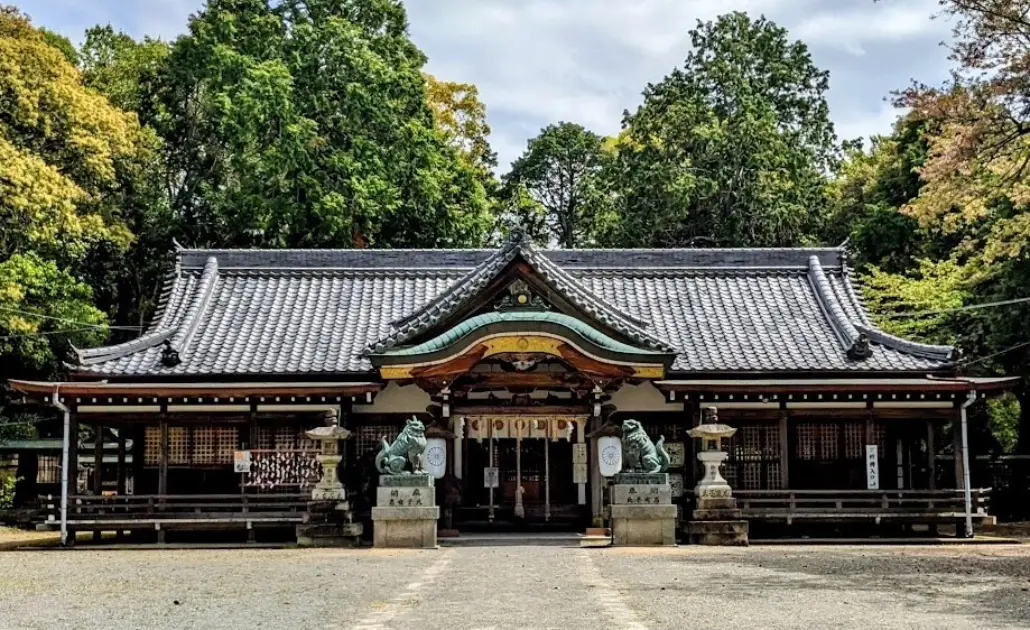
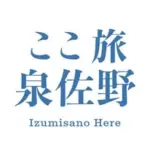

Comment